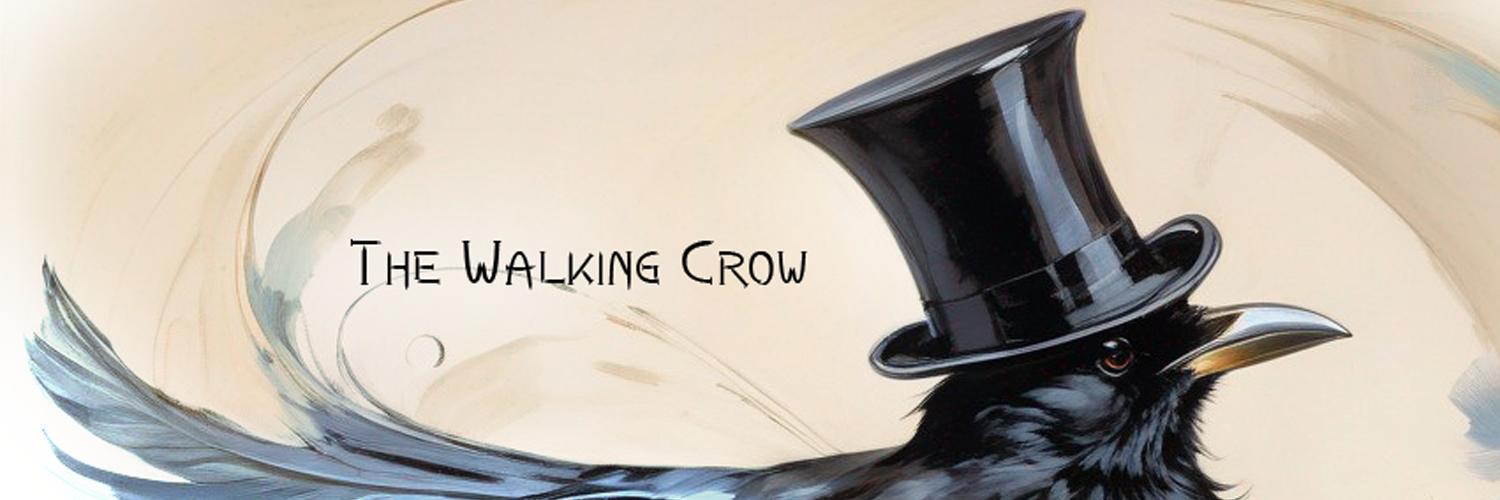This website uses affiliate links, which means we may earn a commission if you click on a link and make a purchase. This does not affect the price you pay.
The Walking Crow's Guide to Plants and Gardening
The Ant Plant, scientifically known as Myrmecodia beccarii, is a fascinating epiphyte renowned for its symbiotic relationship with ants. Its swollen, caudex-like stem is riddled with chambers and tunnels that provide a home for ant colonies, while the ants, in turn, provide nutrients and protection to the plant.
- Genus: Myrmecodia
- Species: Myrmecodia beccarii (There are other species within the Myrmecodia genus as well)
- Growing Zone: Not winter hardy, typically grown in greenhouses or indoors year-round. Requires consistently warm temperatures and high humidity.
- Origin: Native to tropical rainforests of Southeast Asia, particularly in regions like Indonesia, Malaysia, and Papua New Guinea.
- Toxicity: Not generally known to be toxic to humans or pets. However, the ants residing within the plant may sting if disturbed.
- Health Benefits: While there’s no direct evidence of specific health benefits, the Ant Plant plays a crucial role in its ecosystem, supporting biodiversity and contributing to nutrient cycling.
- Soil: Typically grown epiphytically, attached to branches or mounts with minimal or no soil. It can also be grown in a well-draining orchid mix.
- Sunlight: Prefers bright, indirect light. Avoid direct sunlight, which can burn the leaves.
- Water: Requires regular watering to keep the growing medium moist but not soggy. Misting frequently is also beneficial to maintain high humidity levels.
- Humidity: Requires high humidity levels. Aim for 70-90% humidity. Misting regularly, using a humidifier, or growing in a terrarium can help achieve this.
- Temperature: Prefers warm temperatures between 70-85°F (21-29°C). Avoid cold drafts and sudden temperature fluctuations.
- Fertilizer: Fertilize occasionally during the growing season with a diluted orchid fertilizer. The ants also contribute nutrients through their waste and debris.
- Propagation: Can be propagated from seeds or cuttings, but it’s a challenging process that often requires specialized techniques.
- The Ant Plant’s unique structure and symbiotic relationship with ants make it a fascinating conversation piece and a valuable addition to any plant collection.
- It’s essential to provide adequate humidity and warmth to mimic its natural rainforest habitat.
- While the plant itself is not typically harmful, caution should be exercised when handling due to the presence of ants.
Overall, the Ant Plant is a remarkable example of nature’s ingenuity and interconnectivity. Caring for this unique epiphyte requires a bit more attention than some houseplants, but the rewards of observing its fascinating symbiotic relationship with ants make it a worthwhile endeavor for dedicated plant enthusiasts.
********
Search terms: Ant Plant, epiphyte, Myrmecodia beccarii, rain forest, plants, hobbyist, collectible, tropical plant, cactus, succulent, genus, species, plant, potted plant, indoor plant, indoor garden, plant bomb, seed bomb, the walking crow, nursery, greenhouse, fertilizer, soil, plant care, plant health, home garden, toxicity, gardening, blooming, leaf, leaves, flower, flowering, water, growing zone, perennial, annual, planting, thewalkingcrow, Rotanist Botanist, sunlight

Thank you.
Latest Blog Posts
This website uses affiliate links,
which means we may earn a commission if you click on a link and make a purchase.
This does not affect the price you pay.











